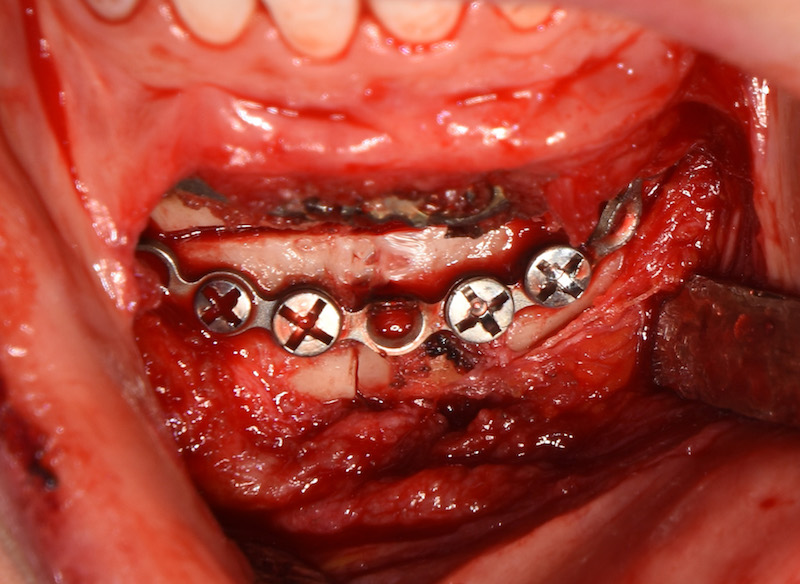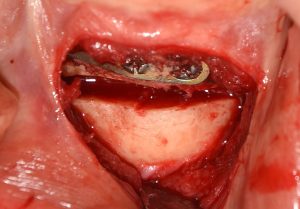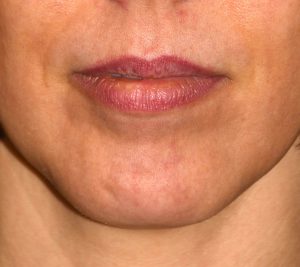The chin can be reshaped in a variety of well known bony maneuvers. The most common is projection increase via the classic sliding genioplasty using a horizontally angulated bony cut. The other now recognized bony chin reshaping is that of the mini V line surgery. This is a reductive procedure to reduce the width of the chin which may also be accompanied by horizontal and vertical changes based on the patients aesthetic desires. But in the end t-shaped osteotomy lines result when put back together.
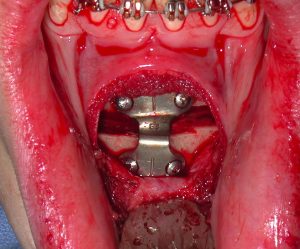
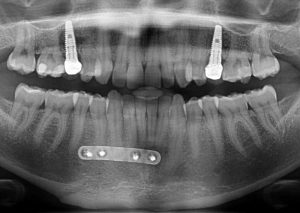
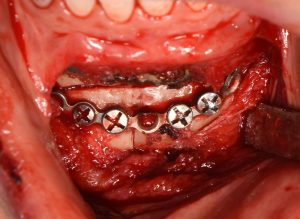
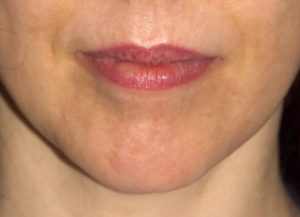
Dr. Barry Eppley
Indianapolis, Indiana

